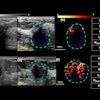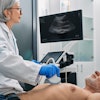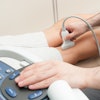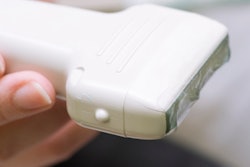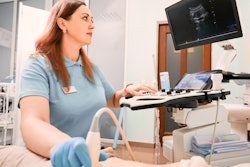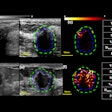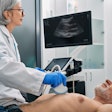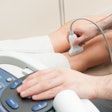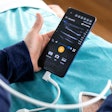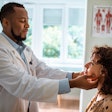Virtual training is effective in teaching nonexperts about using cardiopulmonary point-of-care ultrasound (POCUS), according to research published June 18 in CJC Open.
Using a longitudinal virtual curriculum and tele-consultation model, a team led by Amer Johri, MD, from Queen’s University in Kingston, Ontario, Canada, found that the training program led to significant improvement in POCUS image quality, acquisition, and interpretation.
“The … program is well poised to transform POCUS education across Canada and globally, allowing institutions to utilize our existing infrastructure and methodology to train nonexpert users practicing in underserviced regions,” Johri and colleagues wrote.
Despite the promise that POCUS has in providing imaging services to remote areas, there remains a disparity in access to this tool. The researchers noted that POCUS training uptake is limited in remote areas.
Johri and colleagues evaluated how a longitudinal and virtual POCUS training program could help address this issue. They launched the Accelerated Remote Cardiopulmonary Tele-POCUS (ARCTICA) program in 2021 to provide remote training in POCUS to novice users in geographically isolated communities. While the team previously completed a successful proof-of-concept study, it highlighted that widespread adoption and scalability could help inform national medical education training platforms and recommendations.
 ARCTICA program hub-and-spoke model and timeline. Image available for republishing under Creative Commons license (CC BY-NC-ND 4.0).CJC Open
ARCTICA program hub-and-spoke model and timeline. Image available for republishing under Creative Commons license (CC BY-NC-ND 4.0).CJC Open
For the current study, the team recruited 29 nonexpert learners for their multicenter study, which included urban teaching hospitals and geographically remote hospitals and nursing stations across four Canadian provinces. The three-week program consisted of e-learning, independent imaging practice, and point-of-care tele-ultrasound (tele-POCUS) consultations with experts during clinical encounters.
The researchers used standardized assessments to measure skill improvement among the learners, using a 5-point Likert scale.
Of the total learners recruited, 17 completed the training program, seven of whom practiced in remote stations. The learners performed 153 tele-POCUS consultations, including 77 cardiac exams and 76 lung/pleura exams.
The program led to improvements in image acquisition, quality, and interpretation for both cardiac and lung/pleural tele-POCUS exams.
Comparison between before, after tele-POCUS education program completion (using 5-point Likert scale) | |||
Measure | Before training | After training | p-value |
| Cardiac POCUS | |||
Image acquisition | 3.02 | 4.48 | < 0.01 |
Image quality | 2.49 | 4.06 | < 0.01 |
Image interpretation | 3.03 | 4.44 | < 0.01 |
| Lung/pleural POCUS | |||
Image acquisition | 3.27 | 4.63 | < 0.01 |
Image quality | 3.25 | 4.53 | < 0.01 |
Image interpretation | 3.35 | 4.65 | < 0.01 |
The team also highlighted that these results were similar in analyses stratified by geographical setting. And most learners agreed or strongly agreed that tele-POCUS was easy to use (82%), clinically relevant (92%), and useful (88%).
Finally, 97% of the learners agreed or strongly agreed that they would continue to use tele-POCUS or POCUS throughout their practice.
The study authors wrote that one “valuable” next step would be assessing whether patient outcomes improve from more rapid diagnoses via POCUS.
“Program expansion may also lie in the adoption of a ‘train-the-trainer’ framework, whereby initial learners who have demonstrated proficiency could be equipped and supported to teach POCUS skills to others in their communities, thereby fostering local capacity and sustainability,” the authors wrote.
The full study can be read here.

